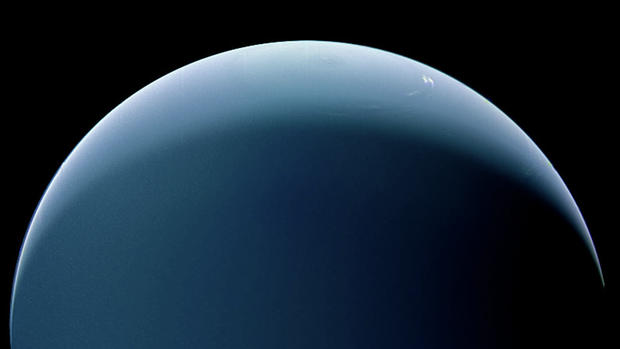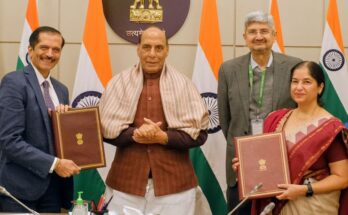Dr J J Rawal, the then Research Director, Nehru Planetarium, Nehru Centre, Worli, Mumbai and currently, the President of the Indian Planetary Society, way back in 1981 and 1989 has predicted the existence of Neptune’s New Moon.
He predicted on the basis of formation of the Solar System, Satellite Systems of Jupiter, Uranus and Neptune in terms Contraction by Roche Limit and resonance in the systems.
The paper containing existence of this, the then unknown satellite, was published in the International Science research journals Earth, Moon and Planets 44, 265-274, 1989 entitled “Contraction of Sub-solar Nebulae”, according to a statement by The Indian Planetary Society General Secretary Viren F Dave.
The satellite is just 32 km across and orbit the planet at a distance of 1,05,250 km from Neptune and takes 23 hours or a day to orbit the planet .
This Neptunain satellite was discovered by a team led by Mark Showalter of Search for Extra-terrestrial Intelligent (SETI) Institute in Mountain View, California by analysing photos taken by NASA’s, Hubble Space Telescope in 2004 and 2009.
They have named it as ‘Hippocamp’. It is the smallest among all satellites of Neptune.
Dr Rawal in his paper mentioned it as an unknown satellite at distance of 98,050 km. This is, indeed, a matter of pride for India and Indian scientist.
Dr Rawal says, there are, yet some more unknown satellites orbiting Neptune in its vicinity, their existence may be revealed in future by further analysing observations made by NASA’s Hubble Space Telescope.
It is reminded of to the readers that Rawal’s discovery about full ring system and other new satellites of Neptune published way back in 1981 and 1989 in international journals in two separate papers was corroborated by Voyager – II spacecraft sent by NASA in 1989 September.
Distance of Neptune from the Sun is 4.5 billion km and that of the earth is 4.35 billion km. (UNI)




